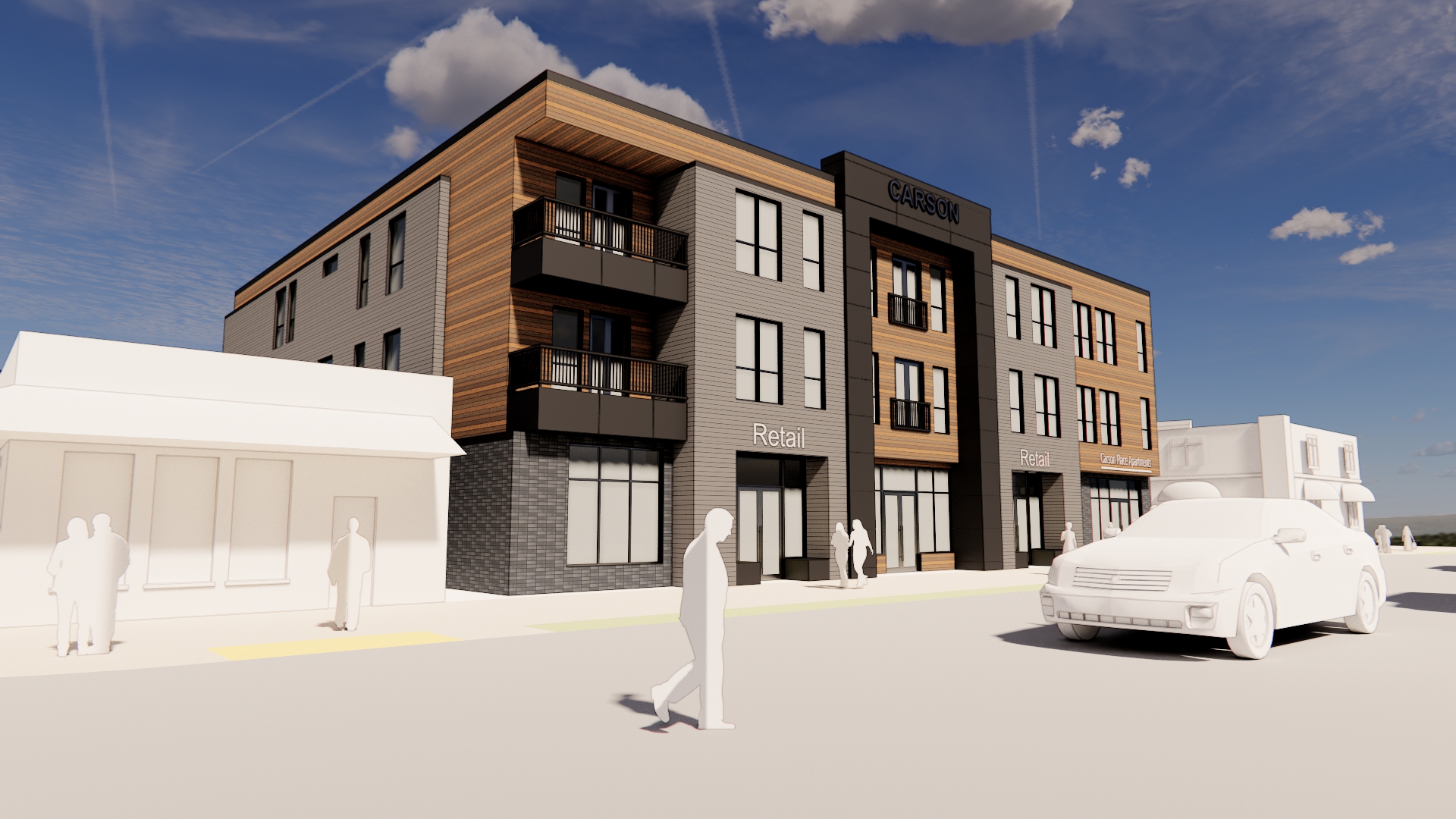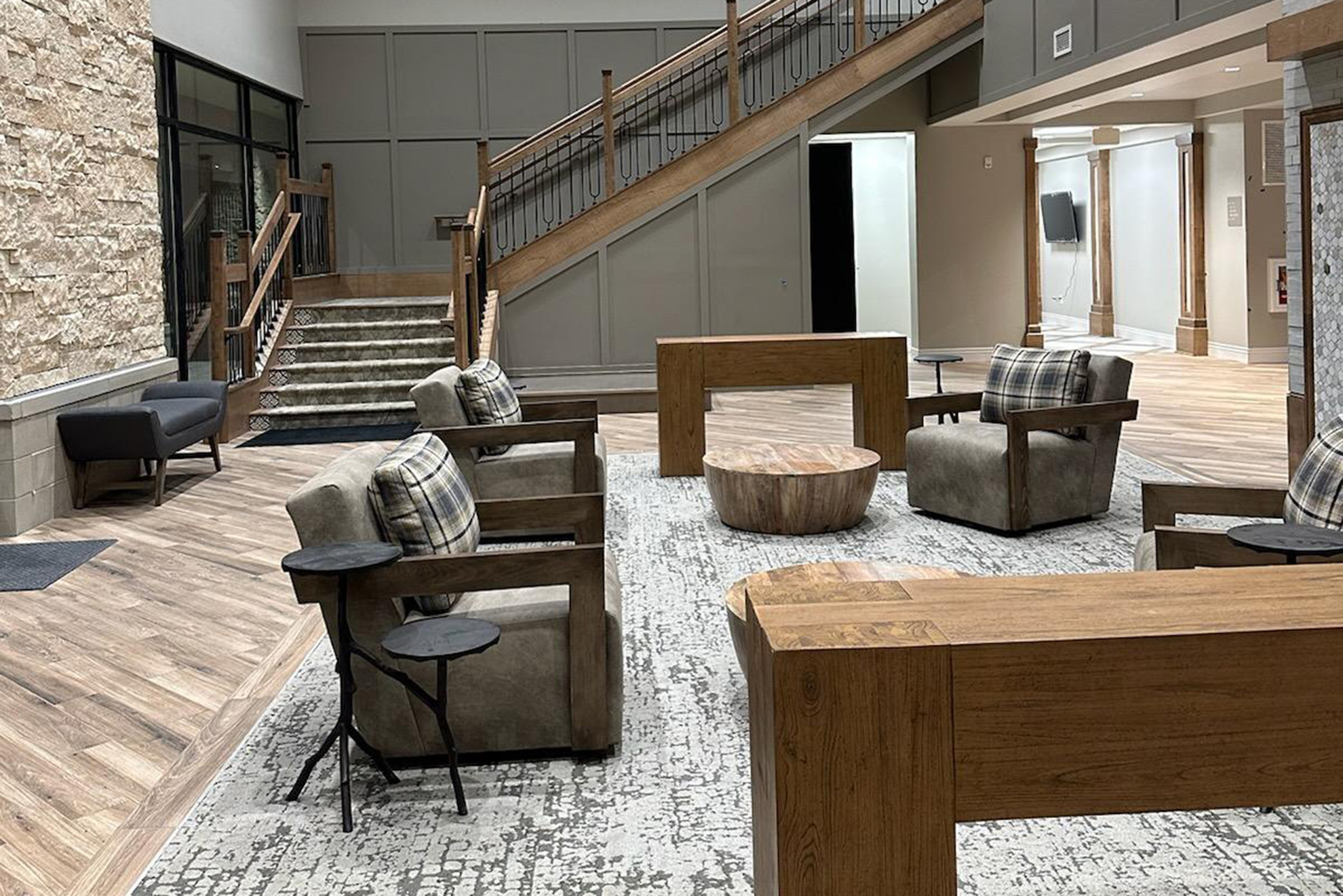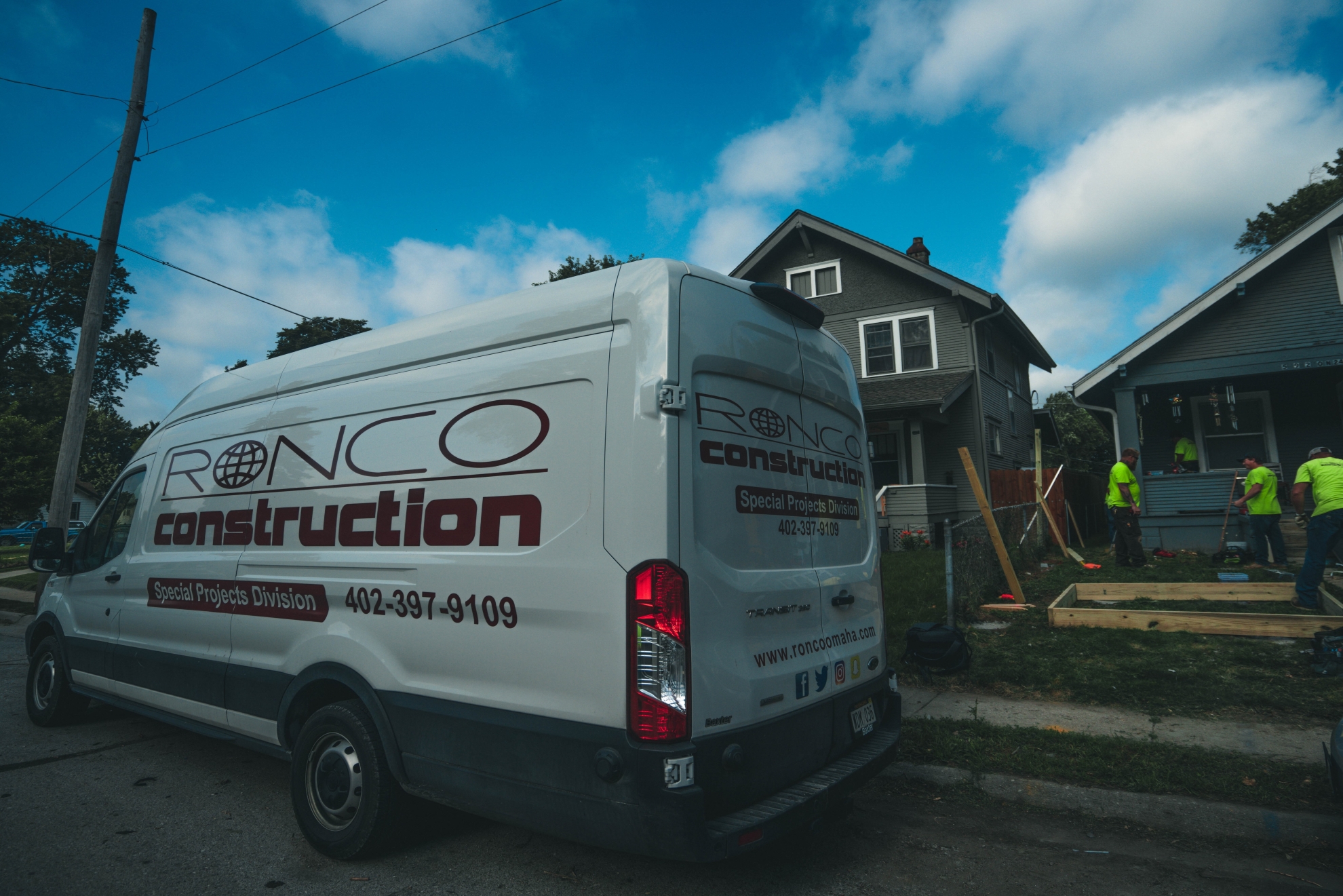Exploring the growing trend in the housing market.
The housing market is competitive, especially in the Omaha and Kansas City markets. Homes are selling in barely a month, with sale prices per square foot up at least 3.5% and 13.9% respectively compared to last year. When you factor in inflation and your dollars not stretching as far, it’s no wonder one in five millennials are never expected to own a home. So, what’s the alternative? An emerging trend in the housing market is the build to rent / build for rent concept.
Modern Approach to Housing
While the idea of owning and renting properties isn’t new, the build to rent model introduces a fresh perspective. The difference is as the investor, you’re building an entire community of single-family or detached homes. These homes provide renters with the same kind of amenities, communal spaces and maintenance you might get at an apartment complex. But instead of everyone in large, multi-floor buildings, the community is spread across cottages, duplexes or villas. With the rising mortgage rates and availability of homes (or lack thereof), this type of living arrangement is gaining traction.
Renters are looking for features to enhance their overall quality of life. They want a sense of togetherness that a close-knit community can provide. This happens when all the homes and renters in the neighborhood have equal access to the amenities, perks and events.
Built for the Long Term
Homeownership in today’s world is increasingly out of reach for many (and not as desired). So, build for rent communities offer a compelling alternative. These communities are for renters who are in it for the long haul — multi-year leases as opposed to annual or short-term leases. These individuals don’t want to buy and maintain a home. But, they still want to enjoy the benefits of home ownership like yards, no (or limited) shared walls, more privacy and ample parking to name a few.
As an investor, build to rent can provide faster leasing, longer tenant retention and lower overhead costs. This offers a more predictable income stream. Plus, renters are willing to pay a premium for the quality and amenities offered by these communities so it can be a smart investment opportunity. These homes are purpose-built to last and be rented for decades so they’re well designed and constructed.
Simplified Development Process
Even though build to rent communities are a collection of single-family or detached homes, it’s different than a traditional neighborhood. Instead of each house designed and built individually, they’re built as one cohesive entity. This simplifies the design, construction and management processes. Bulk purchasing of materials and standardized, streamlined construction practices can offer further cost-effectiveness. Not to mention, it can speed up the timeline from groundbreaking to occupancy.
As the demand for flexible, high-quality rental options continues to rise, it’s likely build to rent communities will become a standard in the housing market. By combining the comforts of a private home with the convenience and amenities of rental living, it offers a win-win for renters and investors.





